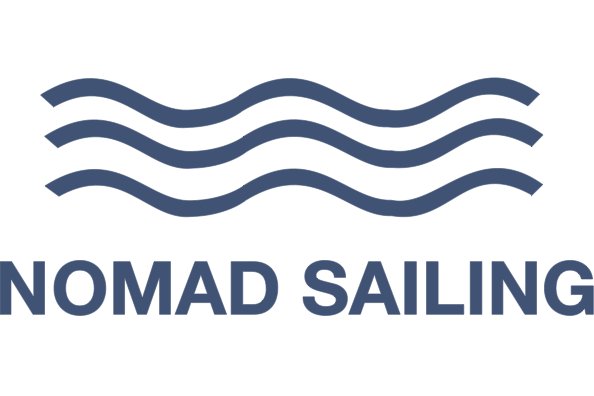RYA Day Skipper Shorebased Course Syllabus
A comprehensive introduction to chart work, navigation, meteorology and the basics of seamanship for Competent Crew. You will find this course invaluable if you want to learn how to start making decisions on board. This course is delivered
Nautical Terms
Parts of a boat and hull
General nautical terminology
Ropework
Knowledge of the properties of synthetic ropes in common use
Anchor Work
Characteristics of different types of anchor
Considerations to be taken into account when anchoring
Safety
Knowledge of the safety equipment to be carried, its
stowage and use (see RYA Boat Safety Handbook, C8)
Fire precautions and fire fighting
Use of personal safety equipment, harnesses and lifejackets
Ability to send a distress signal by VHF radiotelephone
Basic knowledge of rescue procedure including helicopter rescue
International Regulations for Preventing Collisions at Sea
Steering and sailing rules (5, 7, 8, 9, 10 and 12-19)
General rules (all other rules)
Definition of Position, Course and Speed
Latitude and longitude
Knowledge of standard navigational terms
True bearings and courses
The knot
Navigational Charts and Publications
Information shown on charts, chart symbols and representation of direction and distance
Navigational publications in common use
Chart correction
Navigational Drawing Instruments
Use of parallel rulers, dividers and proprietary plotting instruments
Compass
Application of variation
Awareness of deviation and its causes
Use of hand-bearing compass
Ropework
Knowledge of the properties of synthetic ropes in common use
Chartwork
Dead reckoning and estimated position including an awareness of leeway
Techniques of visual fixing
Satellite-derived positions
Use of waypoints to fix position
Course to steer
Tides and Tidal Streams
Tidal definitions, levels and datum
Tide tables
Use of Admiralty method of determining tidal height at standard port and awareness of corrections for secondary ports
Use of tidal diamonds and tidal stream atlases tor chartwork
Visual Aids to Navigation
Lighthouses and beacons, light characteristics
Meteorology
Sources of broadcast meteorological information
Knowledge of terms used in shipping forecasts, including the Beaufort scale, and their significance to small craft
Basic knowledge of highs, lows and fronts
Passage Planning
Preparation of navigational plan for short coastal passages
Meteorological considerations in planning short coastal passages
Use of waypoints on passage
Importance of confirmation of position by an independent source
Keeping a navigational record
Navigation in Restricted Visibility
Precautions to be taken in, and limitations imposed by fog
Pilotage
Use of transits, leading lines and clearing lines
IALA system of buoyage for Region
Use of sailing directions
Pilotage plans and harbour entrance
Marine Environment
Responsibility for avoiding pollution and protecting the marine environment

